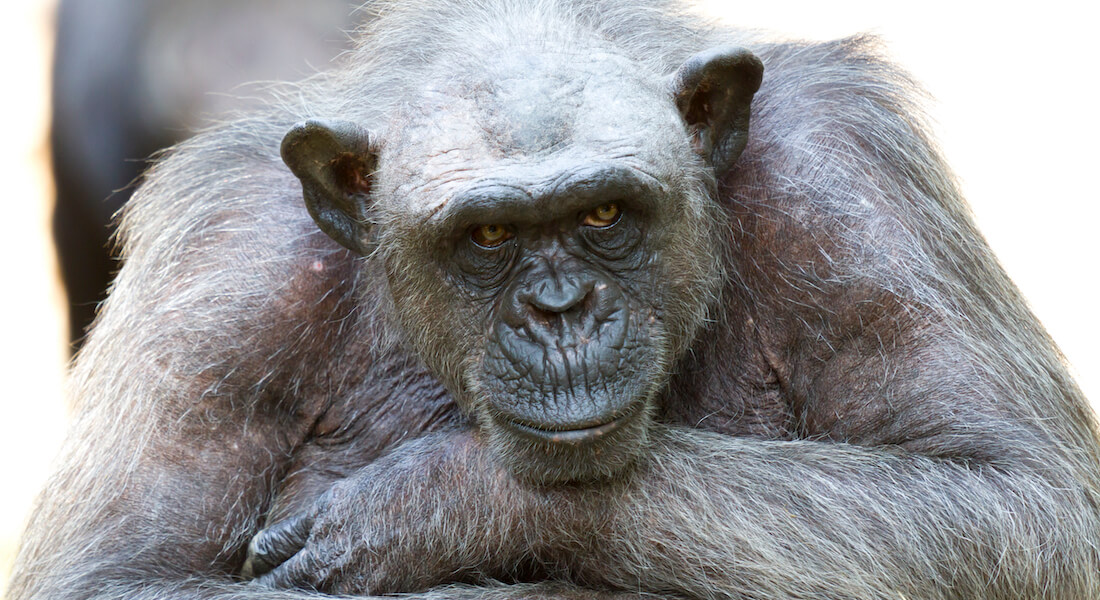Ethicists’ commentary on hierarchies of animal “value”

Ethical question of the month, January 2023
A recent media article on the needs of chimpanzees that are “so closely related to humans” caused me to reflect that people, including veterinarians, tend to ascribe more value to the lives of animals that are more like us, or part of our lives, than others. In his book “Some We Love, Some We Hate, and Some We Eat,” Hal Herzog speaks to the cognitive dissonance that we all share regarding our feelings and actions toward non-human animals. I wonder if we, as veterinarians, need to reflect on the value of all animals’ lives and the comforts that we feel they need to meet our intended end use for them. These should not be based on their perceived similarity to us (e.g., chimpanzees, orcas); their intimate connection to us (e.g., dogs, horses); their entertainment value (e.g., animals in zoos and aquaria); or their use to as food and fiber (e.g., pigs, mink); but rather on their physiological and behavioral needs. Why do we accept the production, housing, transport, and slaughter of food animals in ways that would send us reeling if it were contemplated for chimpanzees, dogs, or horses (for those opposed to slaughter)?
Clare Palmer, Peter Sandøe, & Dan Weary comment on this dilemma and you can read it here: Ethicists’ commentary on hierarchies of animal “value” (pdf)
